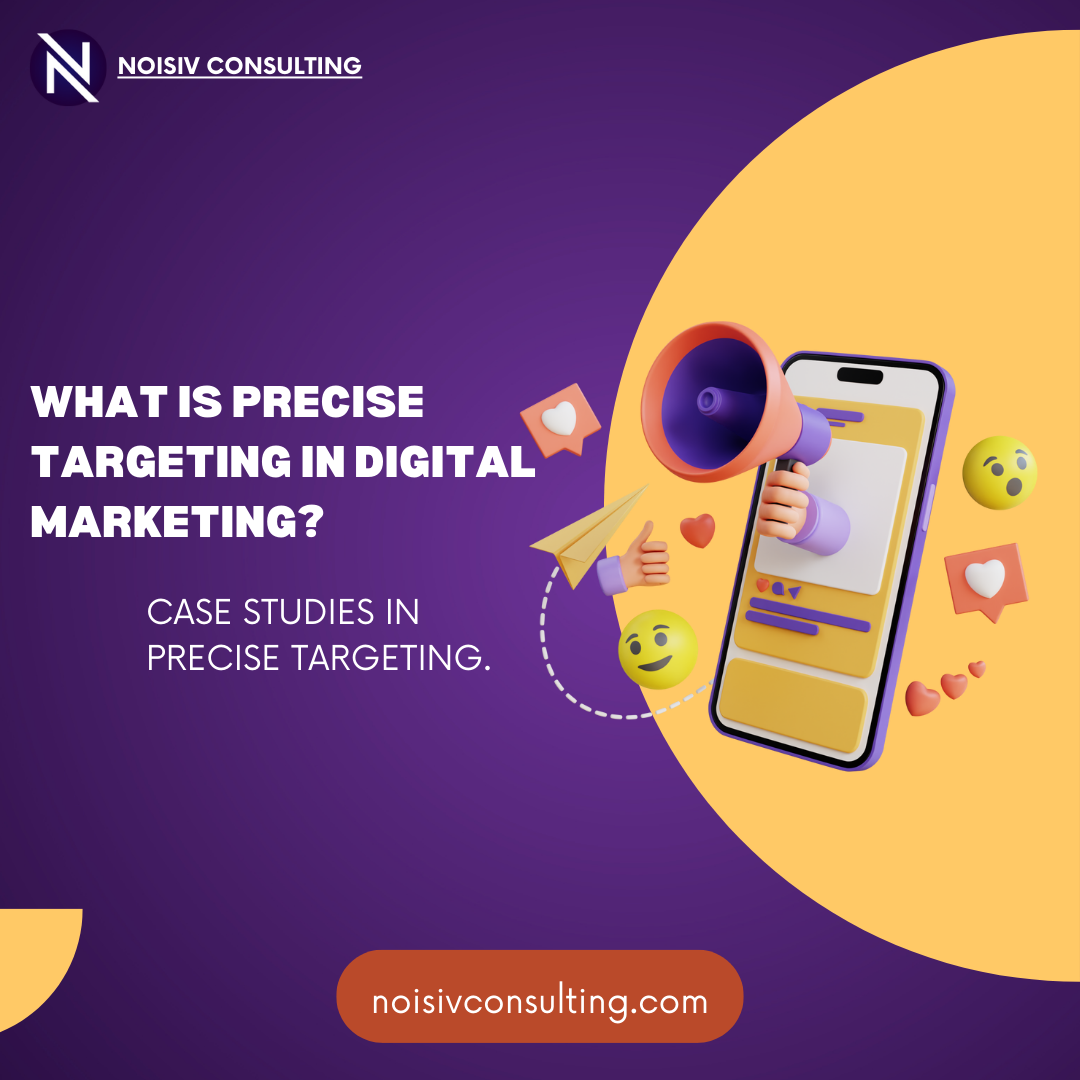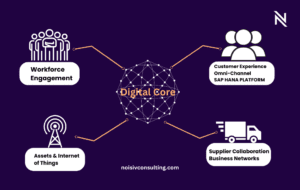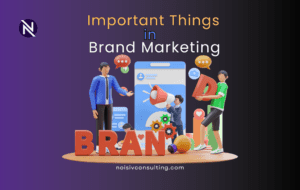Precise Targeting in Digital Marketing:
In the ever-evolving landscape of digital marketing, precision is the name of the game. Businesses no longer cast wide nets, hoping to catch a few fish; instead, they use precise targeting to reach the right audience with the right message at the right time. This strategy not only conserves resources but also increases the likelihood of conversions and customer satisfaction. In this article, we’ll delve into the concept of precise targeting in digital marketing, exploring its importance, methods, and best practices.
Download:-India’s 1st ID Gateway – qid
Understanding Precise Targeting
The Shift from Mass Marketing
Not too long ago, mass marketing was the norm. Advertisers would run TV commercials or print ads, hoping they’d reach a substantial portion of their target audience. However, this approach was inherently inefficient. Not everyone who saw the ad was interested in the product or service being offered.
Enter Digital Marketing
With the advent of digital marketing, everything changed. Digital platforms provide the tools and data necessary to reach specific audiences with pinpoint accuracy. Precise targeting became not just a luxury but a necessity in the digital realm.
What Is Precise Targeting?
Precise targeting, in essence, is the process of identifying and reaching a narrowly defined audience that is most likely to be interested in your product or service. It involves tailoring your marketing efforts to match the characteristics, preferences, and behaviours of this specific group.
Why Is Precise Targeting Important?
Cost-Efficiency
One of the primary reasons for the prominence of precise targeting is cost efficiency. When you target a specific audience, you’re not wasting resources on people who are unlikely to convert. This optimization of ad spend can significantly impact your ROI.
Improved Conversion Rates
Relevance is key to conversion. When your marketing message aligns with the needs and interests of your audience, they’re more likely to take the desired action, whether it’s making a purchase, signing up for a newsletter, or downloading an app.
Better Customer Experience
Irrelevant ads can be annoying and even alienating. Precise targeting ensures that consumers are exposed to content that’s meaningful to them, leading to a more positive customer experience and enhanced brand perception.
Data-Driven Decision Making
Precise targeting relies heavily on data analysis. By diving into customer data and behavior, you gain valuable insights that can inform your marketing strategy, making it more effective and responsive to changes.
Methods of Precise Targeting
Demographic Targeting
Demographic targeting focuses on characteristics like age, gender, income, marital status, and education level. For instance, a luxury watch brand might target males aged 30-50 with a higher income level.
Geographic Targeting
Geographic targeting narrows down your audience by location. It can be as broad as targeting an entire country or as specific as a particular city or even a zip code. Local businesses, for example, heavily rely on geographic targeting.
Behavioral Targeting
Behavioural targeting involves analyzing a user’s online behaviour. This can include the websites they visit, the products they search for, and the content they engage with. E-commerce platforms often use this method to display personalized product recommendations.
Psychographic Targeting
Psychographic targeting considers the psychological aspects of your audience, including their values, interests, hobbies, and lifestyle. It delves deeper into consumer motivations, allowing for highly tailored messaging.
Contextual Targeting
Contextual targeting matches ads to the content of the web page a user is viewing. For example, an outdoor gear brand might display ads on websites and articles related to hiking and camping.
Retargeting/Remarketing
Retargeting, also known as remarketing, focuses on users who have previously interacted with your brand but didn’t convert. It involves showing them relevant ads across the web to re-engage and encourage them to complete the desired action.
The Role of Data in Precise Targeting
Data Collection
Effective precise targeting hinges on data collection. This includes both first-party data (information collected directly from your audience) and third-party data (purchased or sourced from external providers).
Data Analysis
Once collected, data must be analyzed to extract actionable insights. Tools like Google Analytics, customer relationship management (CRM) software, and data management platforms (DMPs) can help in this regard.
Predictive Analytics
Predictive analytics leverages historical data and machine learning algorithms to forecast future behaviors and trends. This can aid in identifying potential high-conversion audiences.
Data Privacy and Compliance
As data collection and usage come under increasing scrutiny, it’s vital to prioritize data privacy and comply with relevant regulations (e.g., GDPR, CCPA). Transparent data handling builds trust with your audience.
Best Practices for Precise Targeting
Know Your Audience
Start by creating detailed audience personas. Understand their pain points, preferences, and behaviours. The more you know about your audience, the better you can target them.
Test and Iterate
Digital marketing is dynamic. Run A/B tests to refine your targeting strategies continually. What works today might not work tomorrow, so be prepared to adapt.
Use Multichannel Marketing
Leverage multiple digital channels to reach your audience. A combination of social media, email marketing, content marketing, and search engine marketing can reinforce your message.
Personalize Your Content
Tailor your messaging to specific segments of your audience. Personalization can significantly boost engagement and conversion rates.
Monitor and Analyze Metrics
Regularly monitor key performance indicators (KPIs) to evaluate the effectiveness of your targeting efforts. Metrics like click-through rates (CTR), conversion rates, and return on ad spend (ROAS) provide valuable insights.
Challenges and Considerations
Privacy Concerns
The balance between data collection and privacy is delicate. Striking the right balance is crucial to maintaining trust with your audience.
Ad Blockers
Ad blockers are a challenge to digital marketing. Precise targeting can help by delivering more relevant and less intrusive ads.
Oversaturation
Over-targeting the same audience repeatedly can lead to ad fatigue. Be mindful of frequency and use retargeting strategies effectively.
Platform Limitations
Different digital platforms have varying levels of targeting capabilities. Be aware of the limitations of each platform and adjust your strategy accordingly.
Case Studies in Precise Targeting
Netflix: Personalized Content Recommendations
Netflix uses sophisticated algorithms to analyze user viewing habits and preferences. This data-driven approach allows them to recommend highly relevant content, keeping subscribers engaged.
Spotify: Curated Playlists and Discover Weekly
Spotify combines user behaviour data with music analysis to curate playlists and create the Discover Weekly feature. These personalized music recommendations enhance user satisfaction.
Amazon: Product Recommendations
Amazon’s recommendation engine analyzes user browsing and purchasing history to suggest products, increasing cross-selling and upselling opportunities.
The Future of Precise Targeting
AI and Machine Learning Advancements
As AI and machine learning technologies advance, so will the capabilities of precise targeting. Predictive analytics and real-time adjustments will become more sophisticated. precise targeting in digital marketing
Ethical Considerations
With increasing scrutiny on data privacy, businesses will need to balance precise targeting with ethical data collection and usage practices.
Integration of Emerging Technologies
Emerging technologies like augmented reality (AR), virtual reality (VR), and the Internet of Things (IoT) will open up new avenues for precise targeting and personalized experiences.
Conclusion: Precision as a Competitive Advantage
In an era where consumers are inundated with content and advertisements, precise targeting stands as a beacon of relevance. It’s not just about reaching the right people; it’s about delivering the right message to create a meaningful connection. As technology continues to evolve, so too will the possibilities for precise targeting. Embrace this evolution, prioritize data-driven strategies, and refine your approach continually. In the digital marketing landscape, precision isn’t just a strategy; it’s a competitive advantage that can set your brand apart. precise targeting in digital marketing








